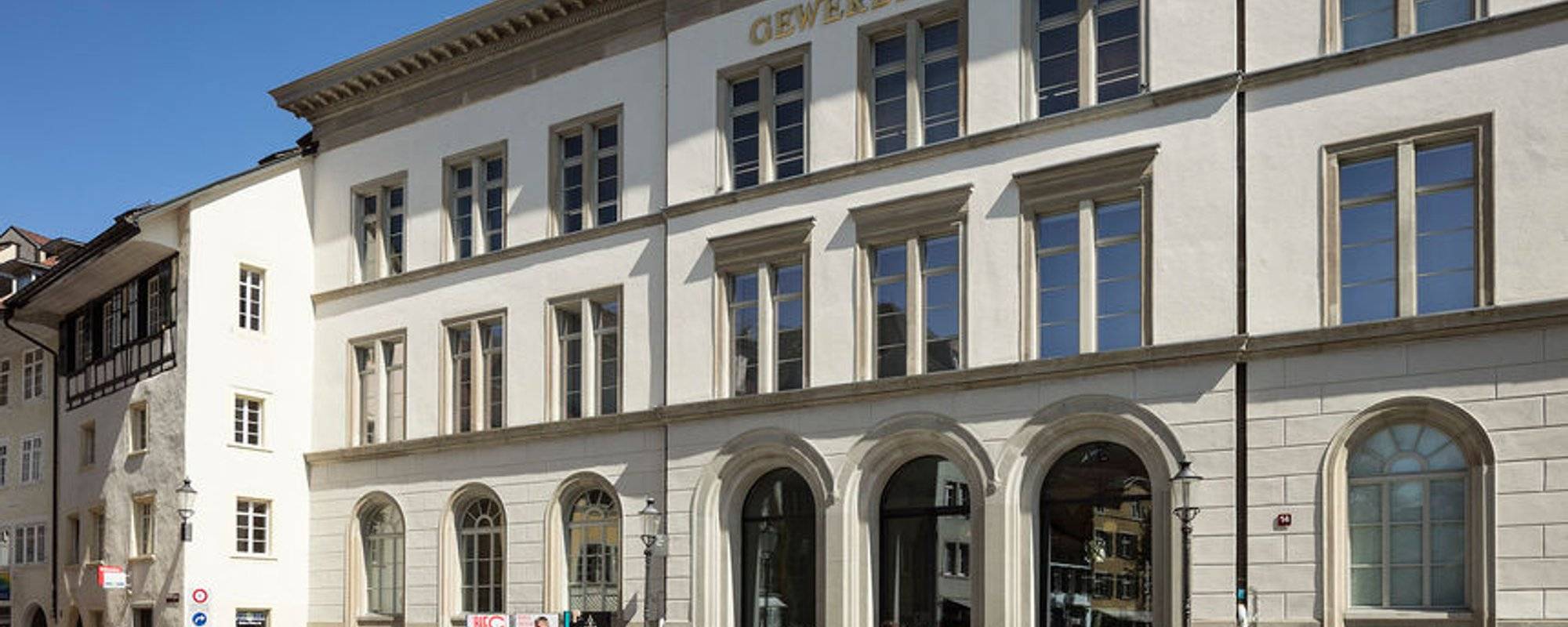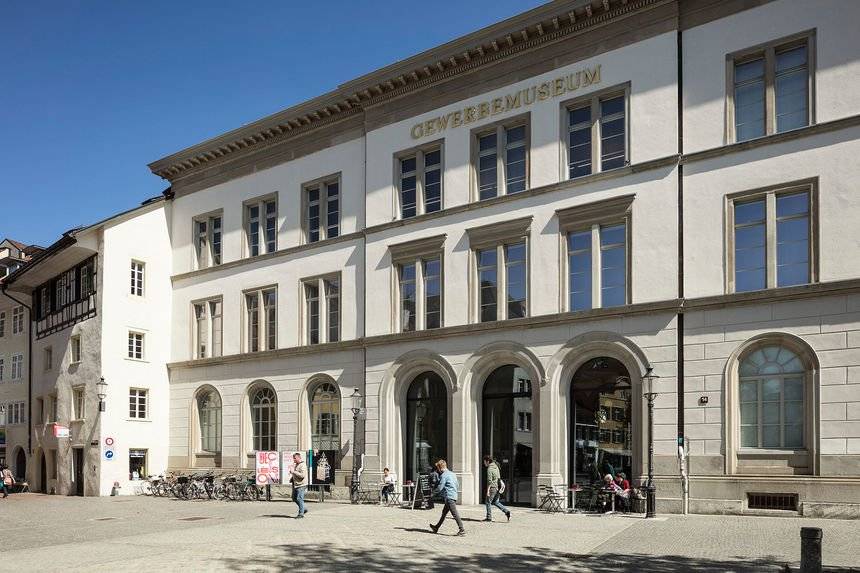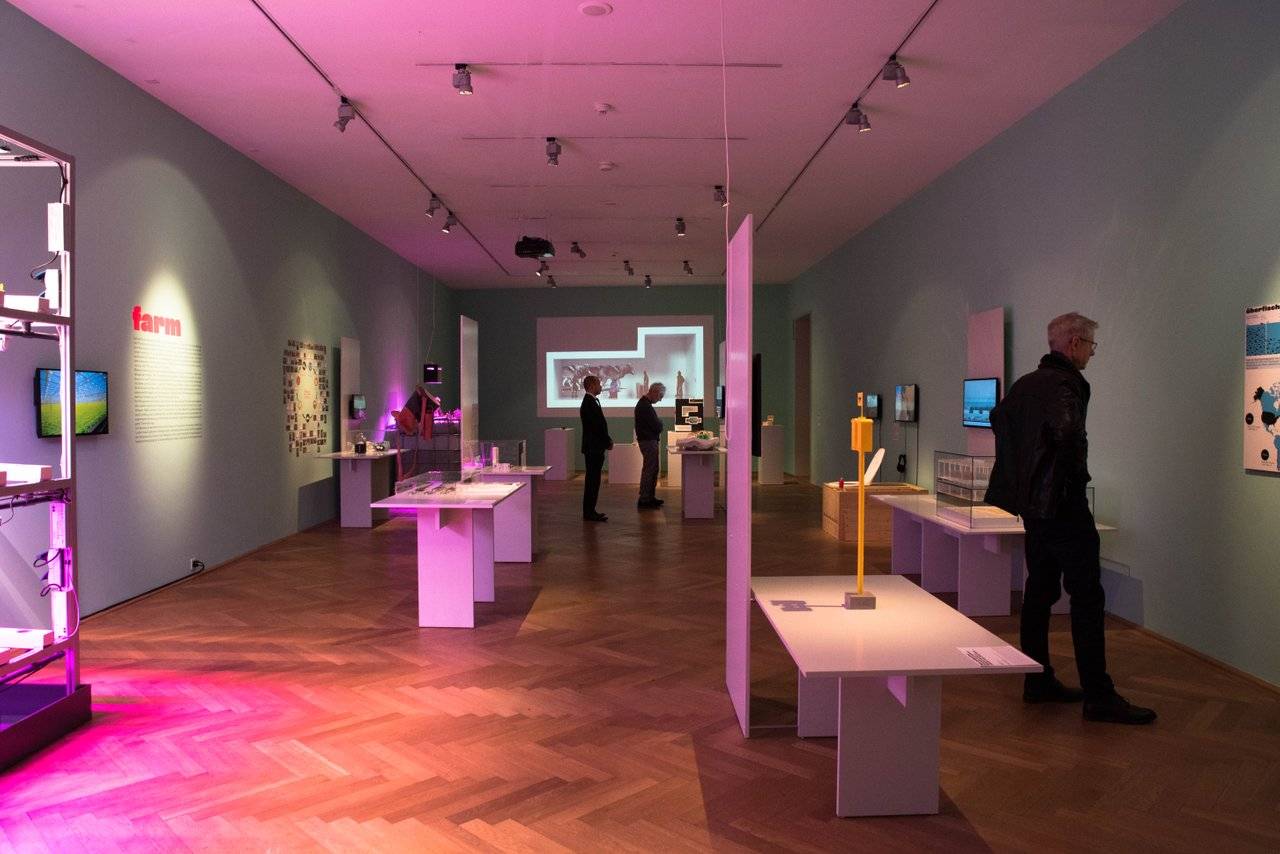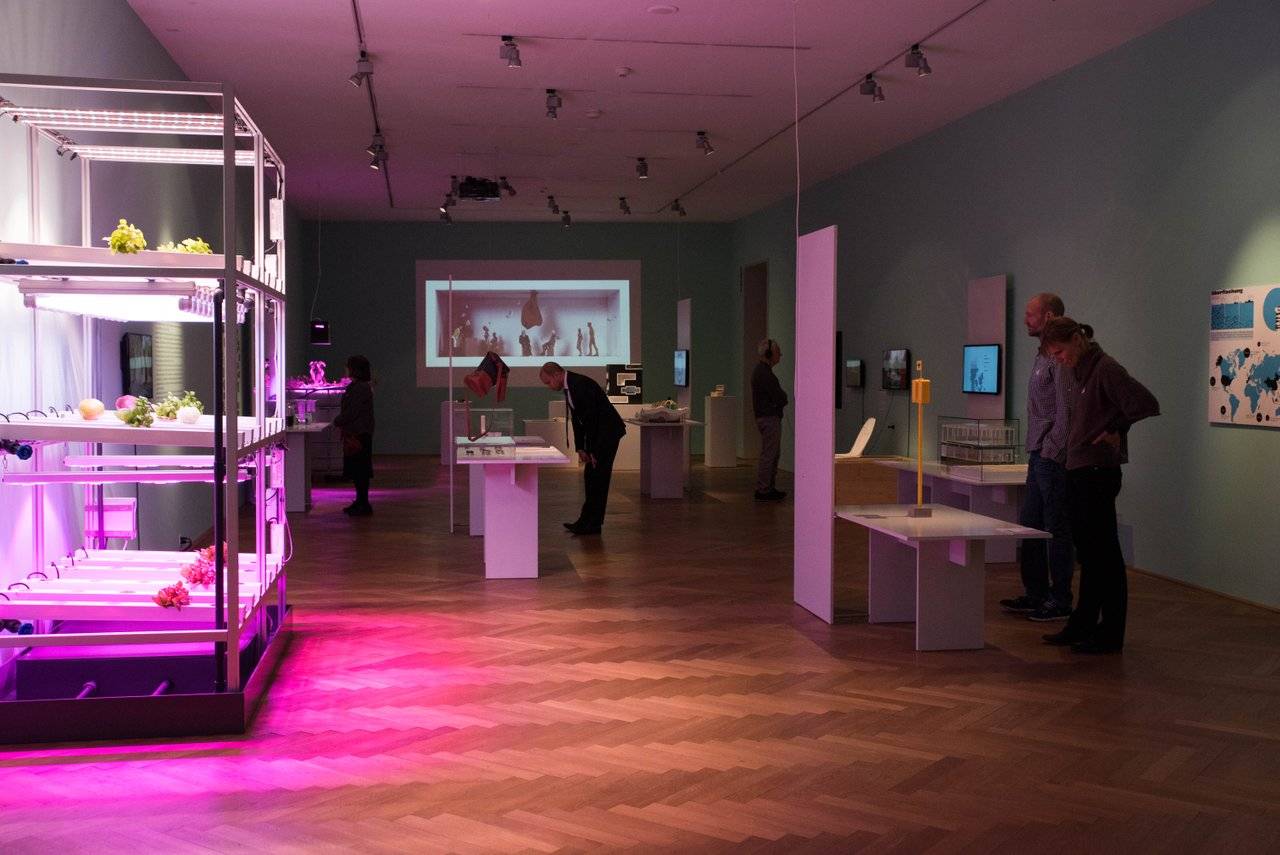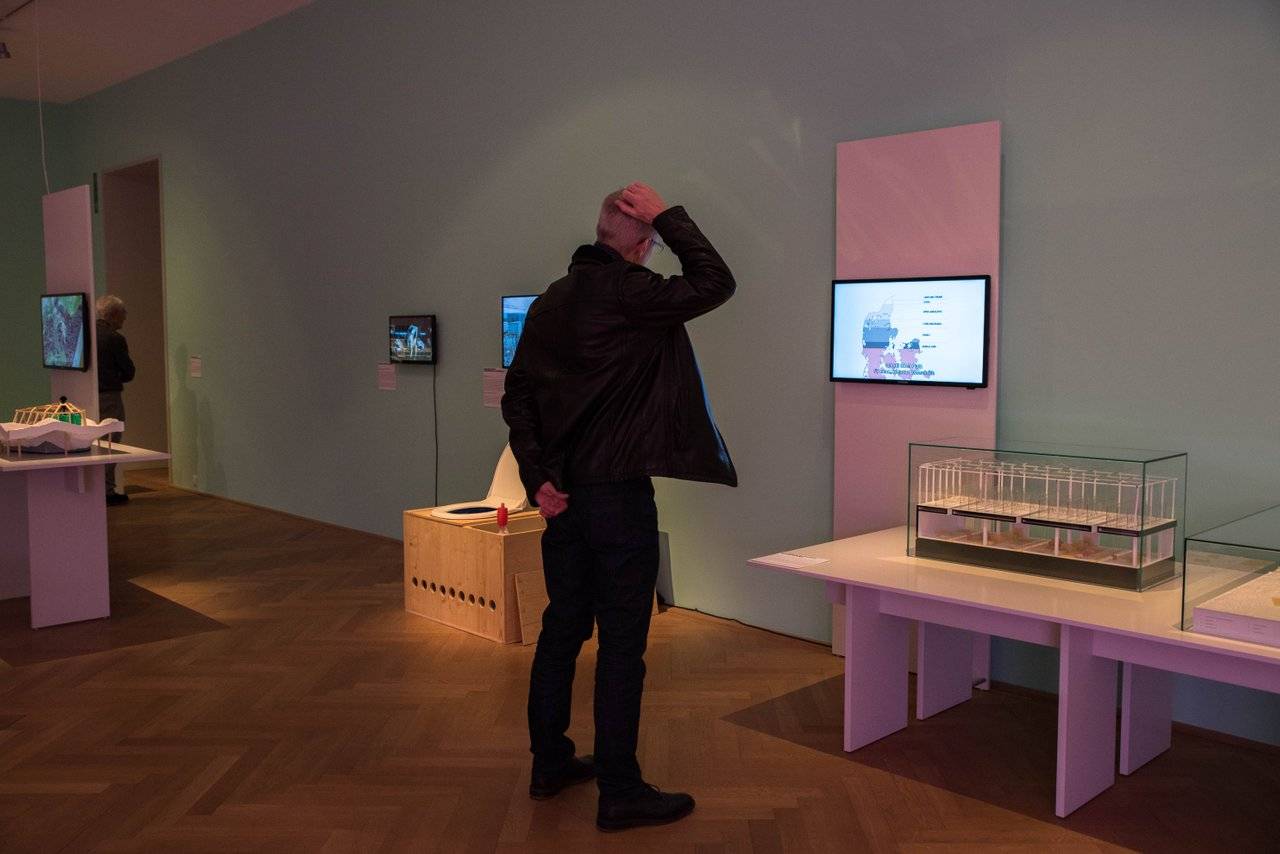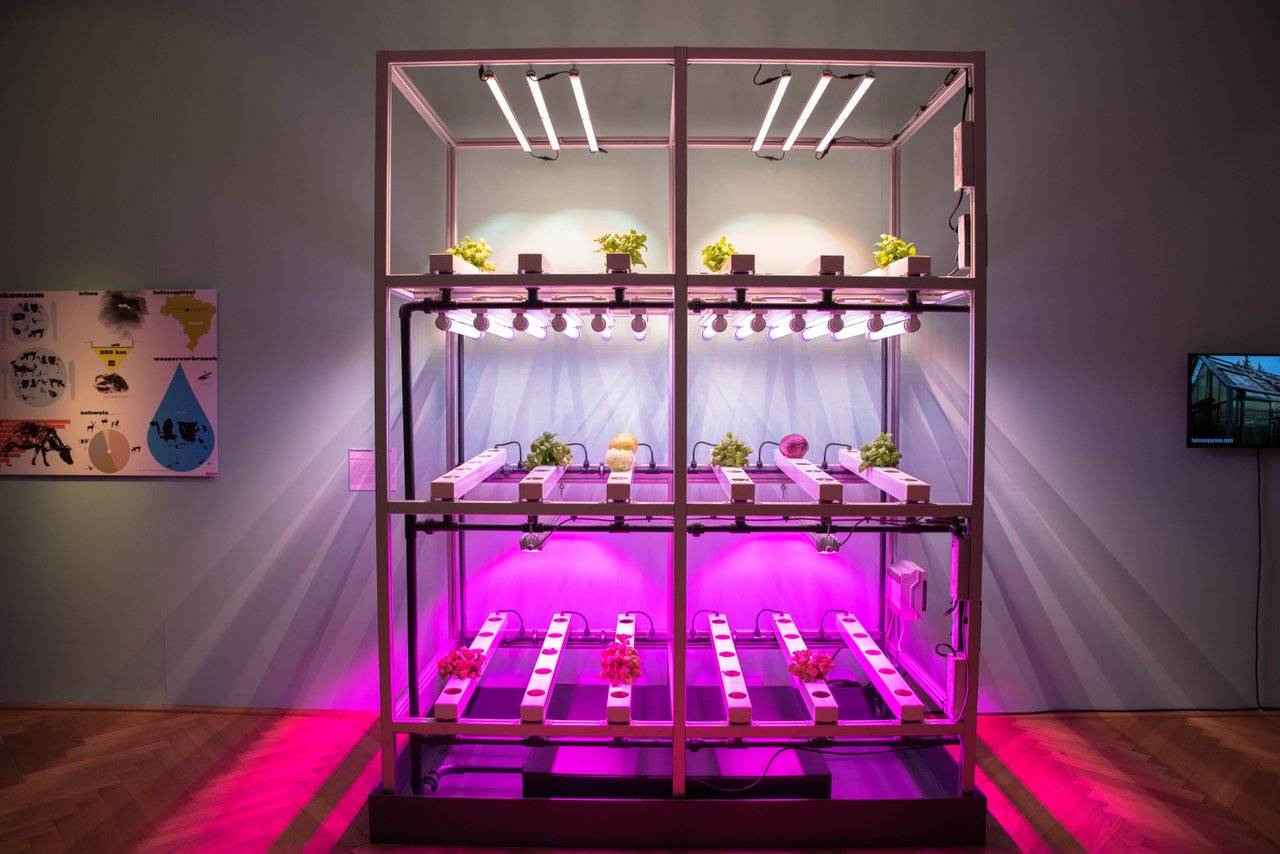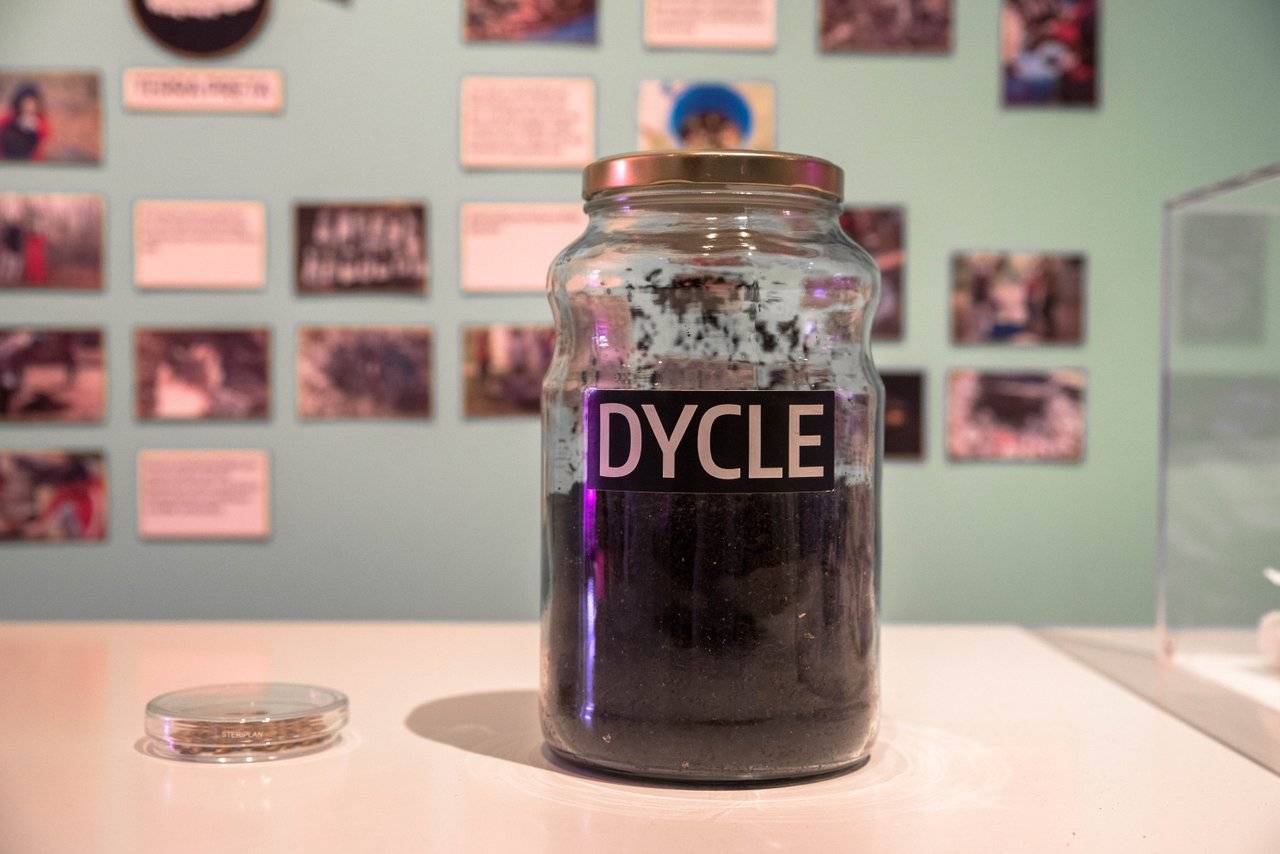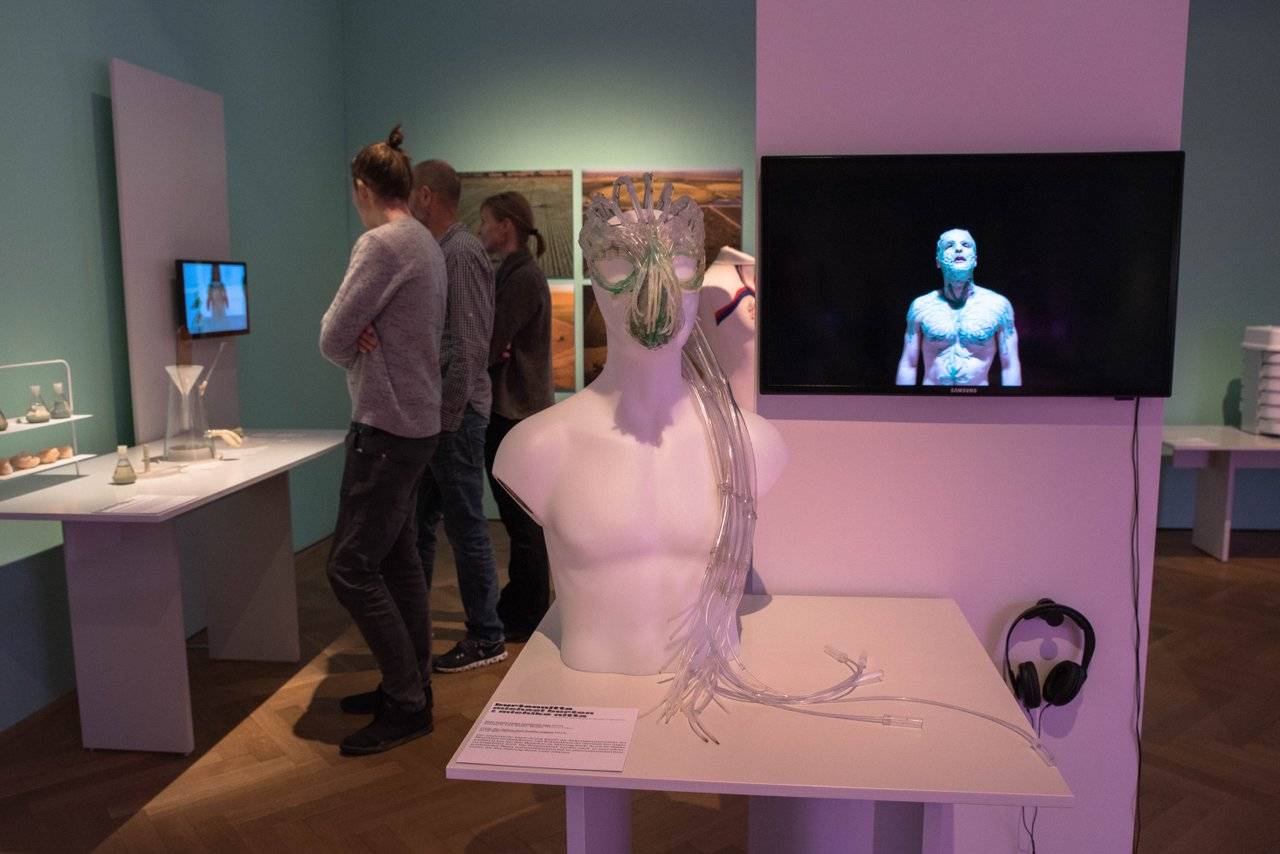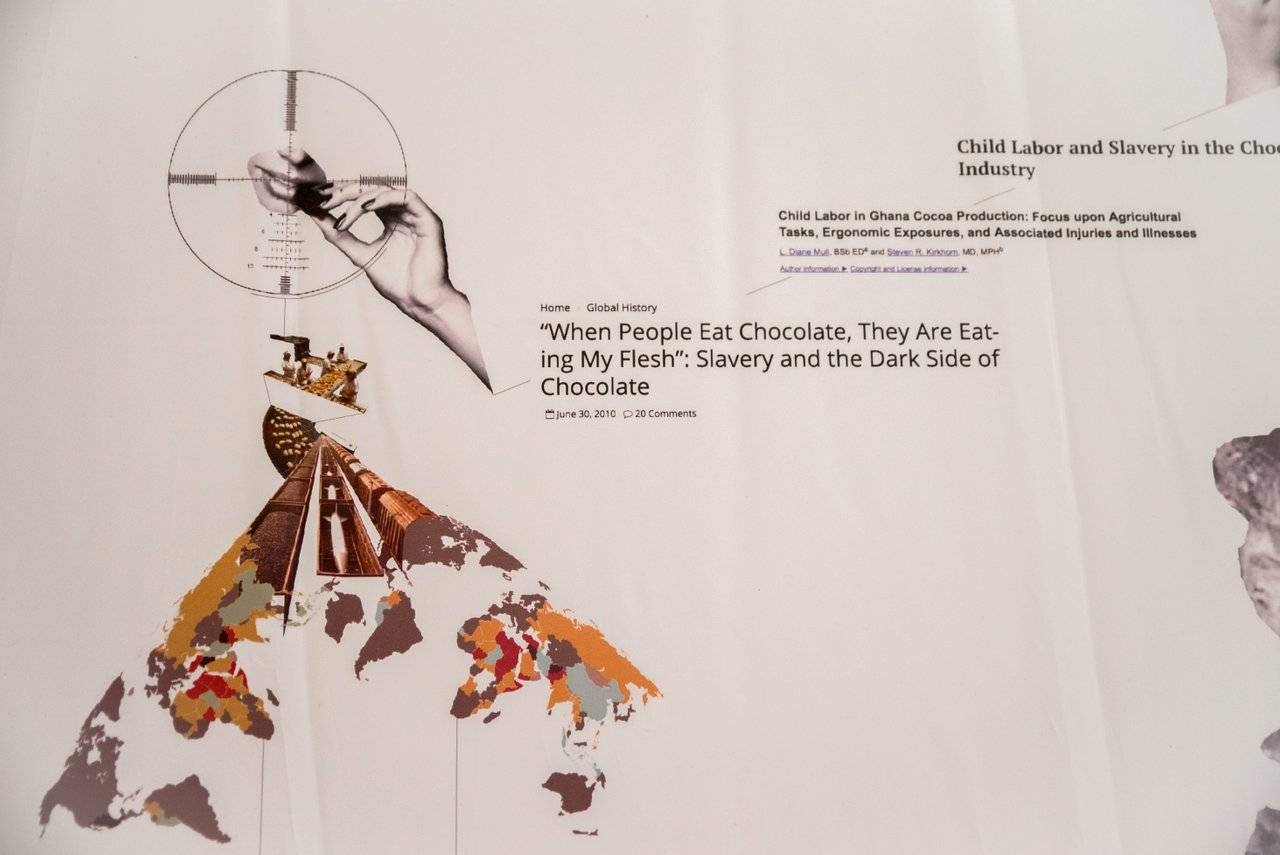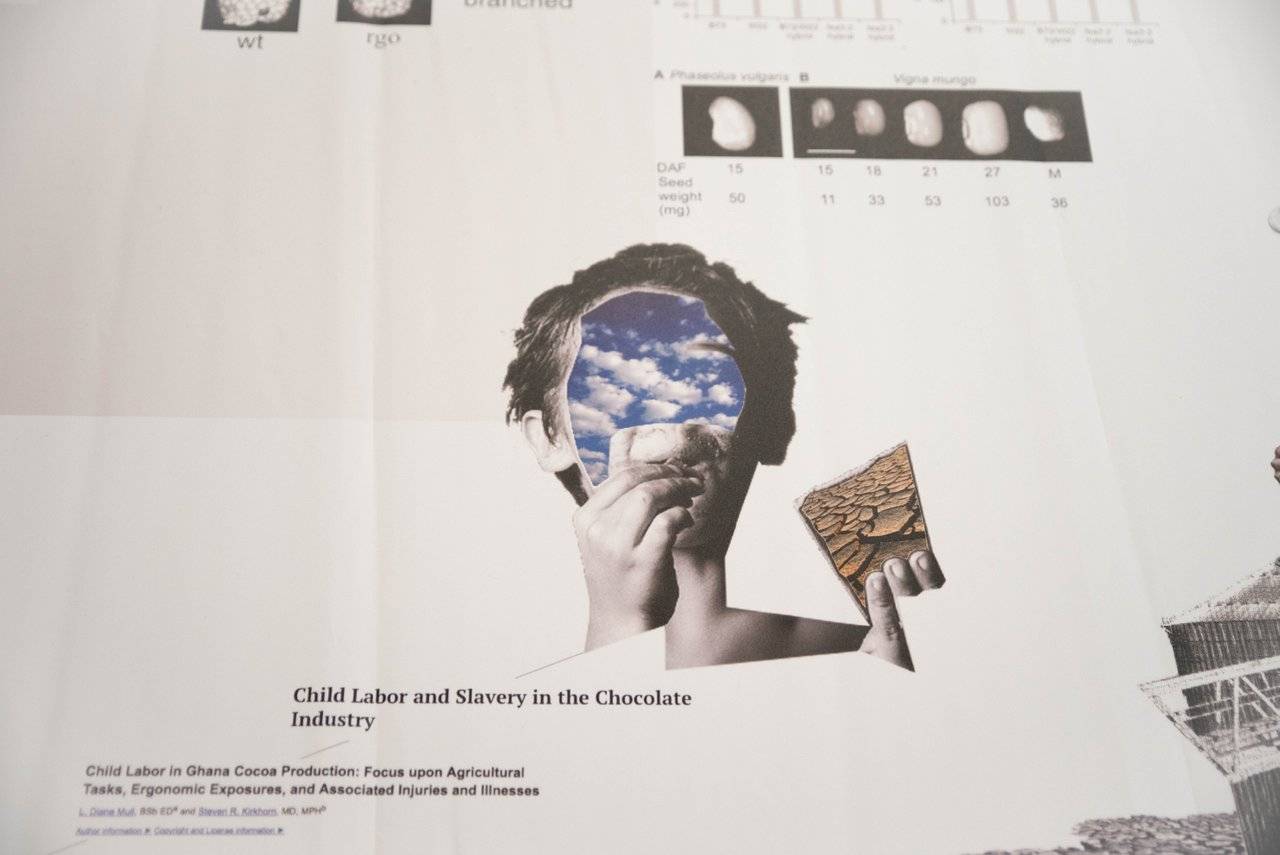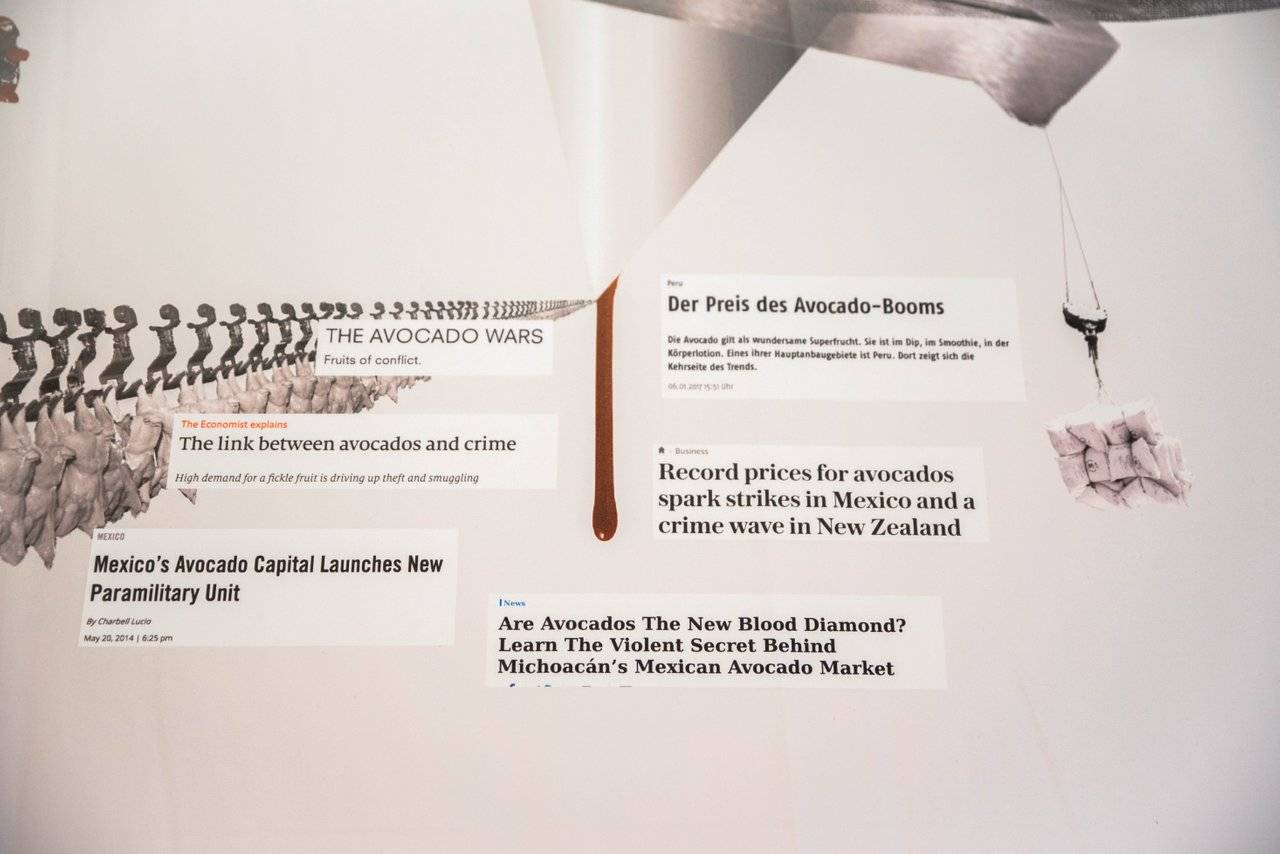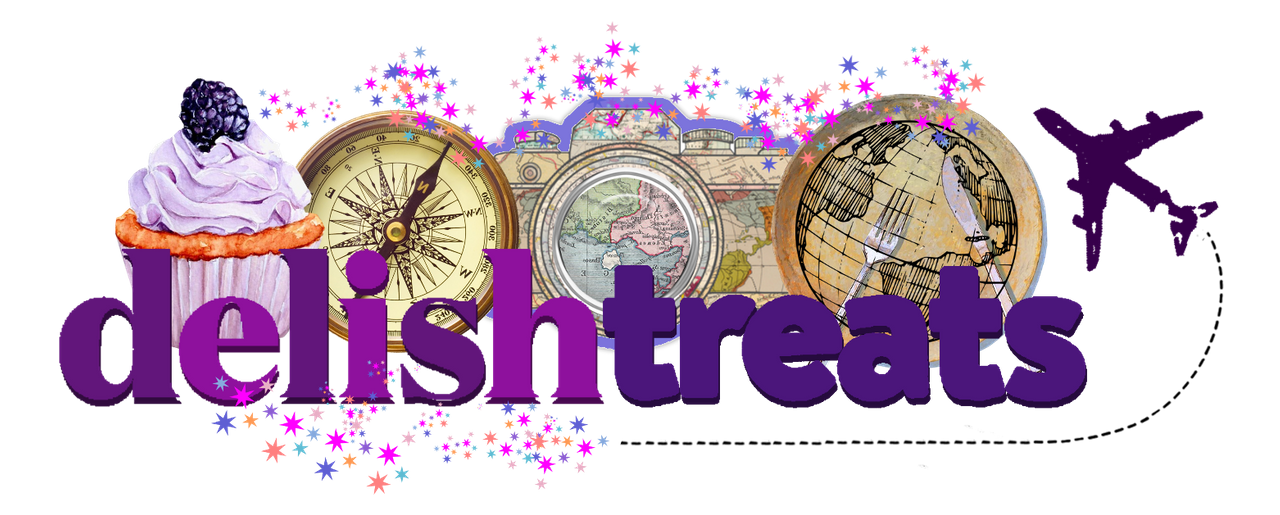A few years ago, I started to learn about the impact that we have on the environment and I read a lot about our contribution to climate changes, depletion of natural resources, pollution, deforestation, waste and other relevant topics.
I know I can't change the world, but I CAN change the way I LIVE and I can have a direct impact on the reduction of my personal negative footprint that I have on the environment.
This is the reason why I'm always excited to visit exhibitions showing new perspectives, alternative ways of living and future technologies that can help us to have more positive impact on the environment.
A couple of weeks ago I visited Gewerbemuseum in Winterthur because of their exhibition called Food Revolution 5.0.
The Food Revolution 5.0 includes more than 50 international research projects and focuses on our future food. How will we eat in the future? How can we feed our growing population? How will we satisfy our essential nutrition? You can find some interesting answers to these questions there.
The exhibition is interactive, and you can watch various short movies, try different processes or test some products. It is divided in three rooms and each room is dedicated to one topic.
In the first room you will learn about negative impacts of factory farming and you will get to see some alternative ways of growing food. The second room shows the controversial impact of production in the country where the product is made and the country where the product is sold to the end customer. The third room focuses on the food waste and what it means for the environment.
The exhibition is so interesting that you can easily spend several hours there.
I like that visitors spent some time understanding the topics instead of just quickly walking from one project to another...
Some topics required a lot of focus and thinking to fully understand them😊
There were two processes that I've found very interesting and I can imagine them being fully implemented and one project that I still can't properly place.
Let me introduce you to these three projects:
First project is using urine as a natural fertilizer to grow crops. Urine would replace commercial fertilizers which would reduce the production costs as well. I must say it seemed to be working as those crops looked healthy (I just don't know why they had just a few of them 😊).
I think that this process might already be used by some small farmers but this project was about applying it to grow crops on the bigger farms as well.
The second project suggests using baby diapers as fertilizer for fruit trees and plants.
DYCLE is a fundamentally new way of how baby diapers are to be produced, used and recycled, or rather upcycled, when they are no longer a waste but a nutrient for plants, transformed into fertile soil.source
The diapers impact is 12 tons of CO2 emissions per child which is obviously not sustainable. Dycle suggests that using compostable diapers is the solution for this issue. The diaper waste is converted into black soil which is used as fertilizer. DYCLE estimates that 1000 kg of soil can be produced from one year’s supply of diapers from a single child.
This is a very exciting project! You can learn more about this project here.
The third project is called Near future symbiosis suit. The main question that they ask is why do we design new food when we could re-design how we fuel our bodies altogether?
They design a symbiotic relationship between humans and algae. What does that mean? They see a future where human bodies will be enhanced with algae living inside organs. This will allow us to gain food from light by being semi-photosynthetic. They propose that the human and algae will depend on each other survival and that the relationship will be mutually beneficial.
They created a prototype but to be honest I can't imagine anyone agreeing to look like this. But I might be wrong as I don't know what the future will bring us 😊
There were also some controversial topics discussed in various sections of the exhibition.
Every choice in food we make has an impact on others, positive or negative.
Whatever is in trend, is bound to become a target for large corporations to exploit resources. There were many examples of this issue but two of them were particularly interesting to me.
We all love chocolate, don't we? And we know that cocoa is the main ingredient to make chocolate. But I didn't know that large volumes of cocoa are grown in Ghana. To maximize profits from the production, the corporations are forcing young children to work in this cocoa business.
These children work long hours because they have no choice. Injuries and deaths are not uncommon there and all this is happening so that we can enjoy our chocolate anytime we want.
This is the message that was presented there and I am of course not saying that we should not indulge in chocolate anymore but I realized that we should start making conscious choices if we don't do so yet.
And what about avocados? Almost everyone loves them and they became very popular around the world. They actually became so popular that the market attracts criminals who are not afraid to use violence, extortion or manipulation at the cost of local population.
While advertising companies make us feel good, healthy, sweet and romantic by buying foods they promote, we often don't realize that behind all the glitter and glamour, there's a dark side to many food choices that we make every day.

Ready to Blog & Earn?
With TravelFeed, easily start your own travel blog and earn as you go. It's the smart platform for travelers who want to profit from their passion. Create a free account
I truly believe that it is important to get the information to enable us making the right choices not only for ourselves and others but for the environment as well.
It was not easy to read all the material and admit that I might have to change my habits but on the other hand it's important to accept it as it's the first step towards any improvement. At the end of the day we are all 'work in progress'.
After so many impressions and thinking we went to Grand Café in the museum to discuss our opinions on different topics and to enjoy a well deserved cup of tea 😊
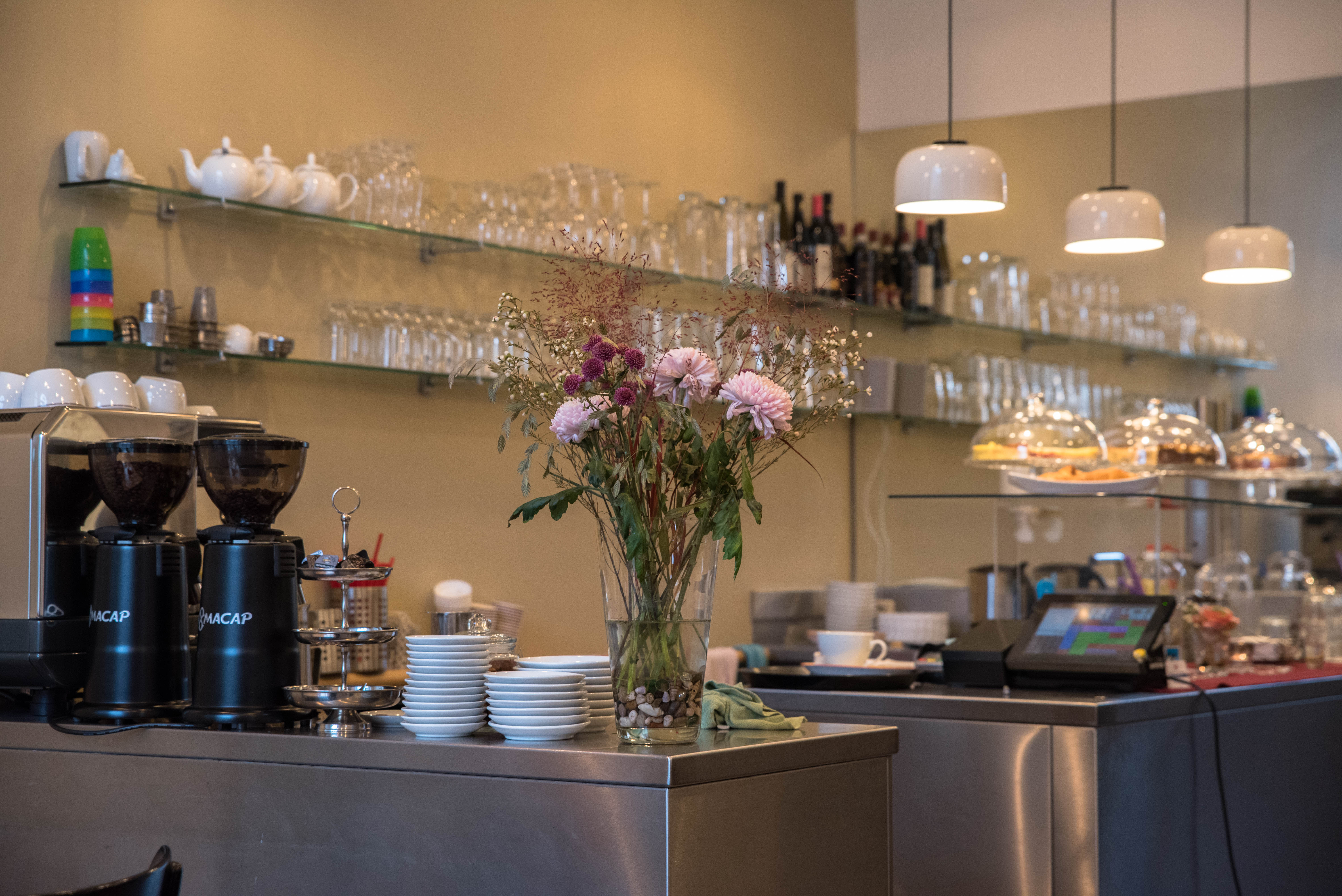
Don't Forget: Get Travel Health Insurance!
To make your trip a worry-free experience, TravelFeed recommends SafetyWing Nomad Insurance. It provides comprehensive health coverage while you travel, so you can focus on exploring, not the unexpected. Get a quote here
Thank you for reading,
Cheers,
Martina
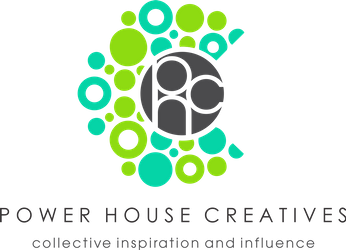
Travel Resources for your trip to Switzerland
Recommended by TravelFeed
Flights: We recommend checking Kiwi.com to find the best and cheapest flights to Switzerland.
Accomodation: Explore the best places to stay in Switzerland on Booking.com, Agoda and Hostelworld.
Travel Insurance: Medical emergencies abroad can be pricey, but travel health insurance is not. We always use SafetyWing for affordable and reliable coverage.
Car Rental: For hassle-free car hiring, DiscoverCars is our trusted choice with a wide selection of vehicles.
Internet: Got an eSIM compatible phone? Airalo is perfect for reliable internet access during your trip. Just install it before you go, and you're set!
Day Trips & Tours: We recommend GetYourGuide for a variety of well-organized and enjoyable activities.
Travel Planner: Need a hand planning? Our free travel planner chatbot is your personal guide to Switzerland. Chat now.
Disclosure: Posts on TravelFeed may contain affiliate links. See affiliate disclosure.
